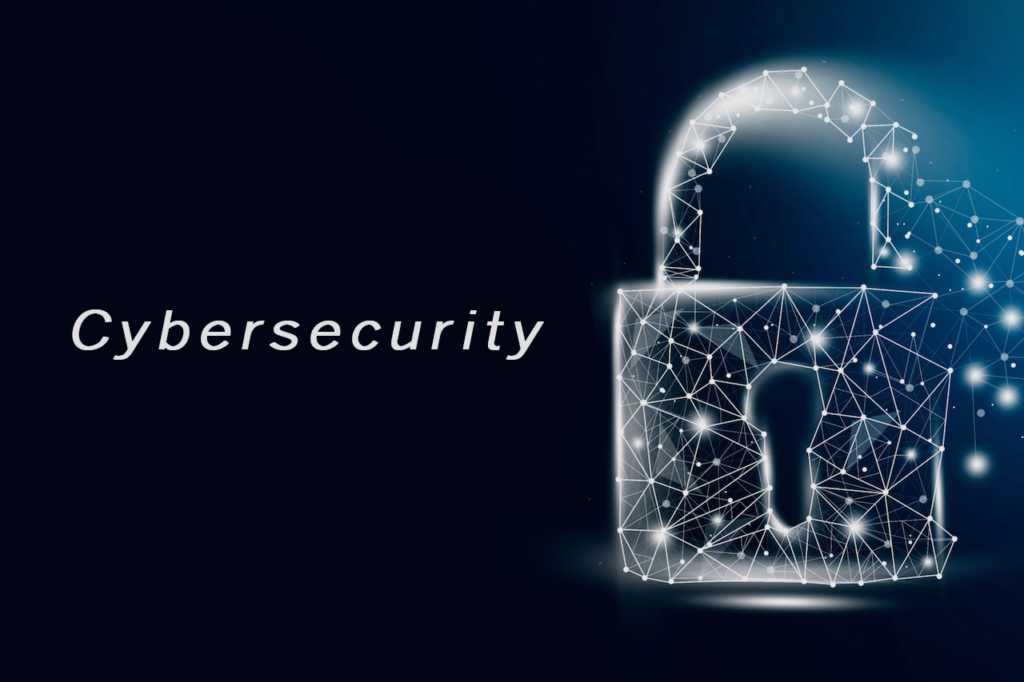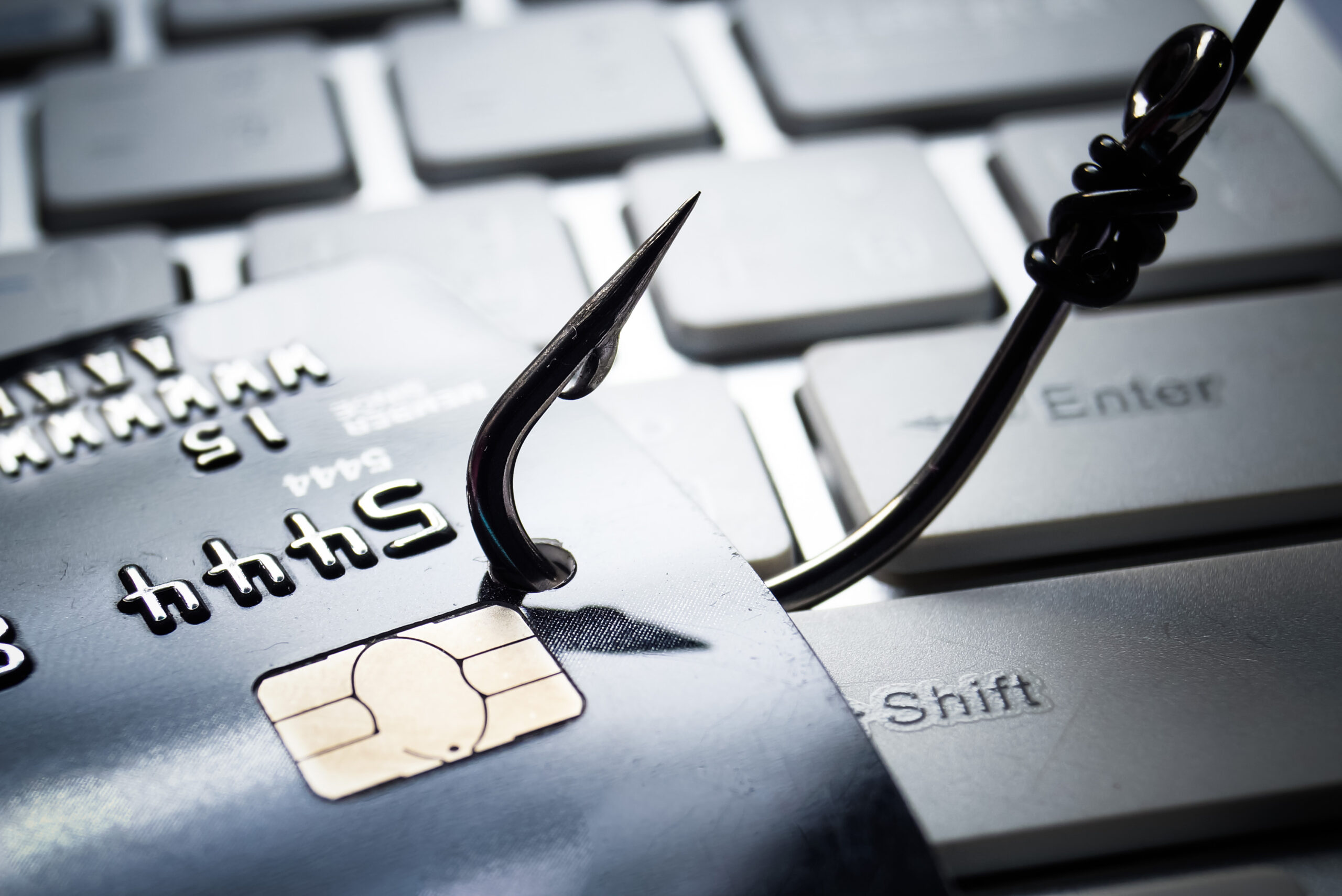-
Are You Protecting Your Online Financial Information?
How to Keep Your Sensitive Information Safe from Cyber-Criminals

Do you manage some or all of your finances online? It’s a common – and convenient – practice today, but protecting your online financial information is of the utmost importance.
With the benefits of online banking and investing also comes the risk of cyber-attacks and identity theft. Hackers are becoming increasingly sophisticated in their methods, and it’s more important than ever to take steps to protect your online financial information.
In this article, we’ll explore some common threats to your online financial security and provide practical tips to help keep your sensitive information safe.
Common Cyber Attacks and Identity Theft Strategies
Knowledge is power when it comes to protecting your online financial information. There are numerous types of cyber-attacks and identity theft strategies to be aware of, so let’s review some of the most common scams:
Phishing
This is when cybercriminals use deceptive emails, phone calls, or text messages to trick people into providing their personal information or online financial information such as login credentials, Social Security numbers, or bank account details.
Malware Attacks
Malware refers to malicious software designed to damage or gain unauthorized access to a computer system. Cybercriminals use malware to steal personal information such as usernames and passwords, some of which may be used to access your bank accounts or other online financial information.
Ransomware Attacks
Ransomware is a specific type of malware that encrypts a victim’s files and demands payment in exchange for the decryption key. If the victim doesn’t pay, their files can be permanently lost or publicly released.
Social Engineering Attacks
This is when cybercriminals use human manipulation tactics to gain access to personal information. For example, they may impersonate a customer service representative and ask for login credentials.
Password Attacks
This includes brute force attacks where cyber criminals try numerous password combinations to gain access to a user’s account. It also includes password “spraying” where they use a list of commonly used passwords to gain access.
Account Takeover Attacks
This is when cybercriminals gain access to a user’s account by stealing their login credentials or using phishing attacks to trick them into revealing their information. If you become a victim and your information is available, cybercriminals may use it to access your online financial information, steal your identity, or perpetrate other criminal acts.
SIM Swapping
This is when a cybercriminal convinces a phone carrier to transfer a victim’s phone number to a new SIM card in their possession. They can then use this to gain access to accounts that use two-factor authentication via text message.
What You Can Do to Better Protect Your Online Financial Information
Threats like those described above are concerning, but it’s important to be aware. Of course, having awareness about threats to your online financial information is only half the battle. The other half is taking steps to keep your information safe. Here’s what you can do:
Use Strong Passwords
Your passwords should be complex, unique, and not used across multiple accounts. Avoid using obvious personal information such as your name, birth date, or address as part of your password. Consider using a password manager to generate and store strong passwords, making it easier to keep track of your various logins. Here’s a tutorial from Consumer Reports that may be helpful in getting started with a password manager.
Enable Two-Factor Authentication
Two-factor authentication adds an extra layer of security to your accounts by requiring you to enter a code sent to your phone or email in addition to your password. This ensures that even if someone gains access to your password, they still can’t log in without the second factor of authentication. Many financial institutions and other online services offer this added security feature, so be sure to enable it whenever possible.
New Article: Social Security for Divorced Individuals
Be Wary of Phishing Scams
Phishing scams, as described above, are fraudulent attempts to obtain your personal information, such as your login credentials, credit card numbers, and other sensitive online financial information. These scams often come in the form of unsolicited emails, texts, or phone calls that appear to be from a legitimate source, such as your bank or an online retailer. Be cautious when entering personal information on unfamiliar websites and avoid clicking on links or downloading attachments from unsolicited emails.
Keep Your Software Up to Date
Software updates often include security patches that address vulnerabilities and protect against the latest threats. Make sure to install updates for your operating system, web browser, and other software as soon as they become available. This will help keep your devices and accounts secure from potential cyberattacks.
Monitor Your Accounts Regularly
Most of us don’t have time to monitor all our online financial information daily, or even weekly. However, it’s important to check your bank and credit card statements regularly – at least monthly – for any suspicious activity and report any unauthorized transactions immediately. It’s also a good idea to review your credit reports periodically to ensure that no one has opened new accounts in your name. The sooner you catch any fraudulent activity, the easier it will be to resolve the issue and prevent further damage.
Are You Protecting Your Online Financial Information?
It’s easy to assume that all of your online financial accounts have built-in protections from common scams – and most do. However, it’s critical to be sure you’re activating optional steps, like two-factor authentication so that your accounts are as protected as possible. By following the above tips, you can help protect your online financial information and reduce the risk of falling victim to fraud or identity theft. Remember to stay vigilant and be proactive in keeping your personal and financial data secure.
If you’d like to discuss more about safe ways to use online financial accounts, contact Lane Hipple Wealth Management Group at our Moorestown, NJ office by calling 856-249-4342, emailing info@lanehipple.com, or to schedule a complimentary discovery call, use this link to find a convenient time.
Illuminated Advisors is the original creator of the content shared herein. I have been granted a license in perpetuity to publish this article on my website’s blog and share its contents on social media platforms. I have no right to distribute the articles, or any other content provided to me, or my Firm, by Illuminated Advisors in a printed or otherwise non-digital format. I am not permitted to use the content provided to me or my firm by Illuminated Advisors in videos, audio publications, or in books of any kind.
-
Cyberattacks in 2022: What You Should Already Know

As the conflict between Russia and Ukraine continues, the United States Government is warning American companies to be vigilant about cybersecurity and to protect themselves against malicious cyberattacks. In a statement on March 22, 2022, FBI Director Christopher Wray said they are “concerned” with the possibility of Russian cyberattacks against critical U.S. infrastructure in the wake of Russia’s war with Ukraine.
“The reason we’re concerned about it is not just based on our longstanding understanding of how the Russians operate, but it’s actually the product of specific investigative work and surveillance work that we’ve been doing all together,” Wray told an audience at the Detroit Economic Club.
The United States Congress recently passed legislation that has since been signed into law that mandates critical infrastructure sectors to report cyber security incidents, involving but not limited to, phishing attacks, malware, and ransomware, to the federal government.
What is Phishing?
Phishing is the fraudulent practice of sending emails or text messages appearing to be from reputable companies or trusted individuals to get recipients to reveal personal information such as passwords and credit card numbers. Phishing attempts are usually urgent-sounding, legitimate-looking emails or texts designed to trick you into disclosing personal information or installing a virus on your device. These scams can be sent as attachments or links that, when opened or clicked, may trigger malicious activity, or take you to fake sites that resemble the real business websites. According to CISCO’s 2021 Cybersecurity Threat Trends report, roughly 90% of all cyber attacks start with a phishing email.
14 phishing red flags to watch for in 2022
What is Malware?
Malware, or “malicious software,” is a catch-all term that describes any malicious program or code that is harmful to systems. Hostile, intrusive, and intentionally nasty, malware seeks to invade, damage, or disable computers, computer systems, networks, tablets, and mobile devices, often by taking partial control over a device’s operations.
How to tell if you’re infected with malware
What is Ransomware?
Ransomware is malware that employs encryption to hold a victim’s information at ransom. A user or organization’s critical data is encrypted so that they cannot access files, databases, or applications. A ransom is then demanded to provide access. According to cybersecurity company Emsisoft, ransomware attacks affected at least 948 government agencies, educational establishments, and healthcare providers in the United States in 2019, at a potential cost exceeding $7.5 billion. Ransomware attacks were up 92% last year, according to the 2022 Cyber Threat Report from SonicWall, a leading cybersecurity firm.
While it is important for small and large businesses to protect themselves and their data from foreign and domestic hackers, it is equally important for individuals to be just as cautious.
How can you protect yourself?
- Be suspicious of unexpected or unsolicited phone calls, emails, and texts asking you to send money or disclose personal information.
- Be cautious when receiving money movement instructions via email.
- Keep your technology up to date, as well as your firewalls and anti-virus software.
- Back up your data and ensure you have offline backups beyond the reach of malicious actors.
- Be strategic with your login credentials and passwords.
- Add two-step verification, which requires you to enter a unique security code each time you login to a website, mobile app, or access your financial accounts.
- Be suspicious of unexpected or unsolicited phone calls, emails, and texts asking you to send money or disclose personal information.